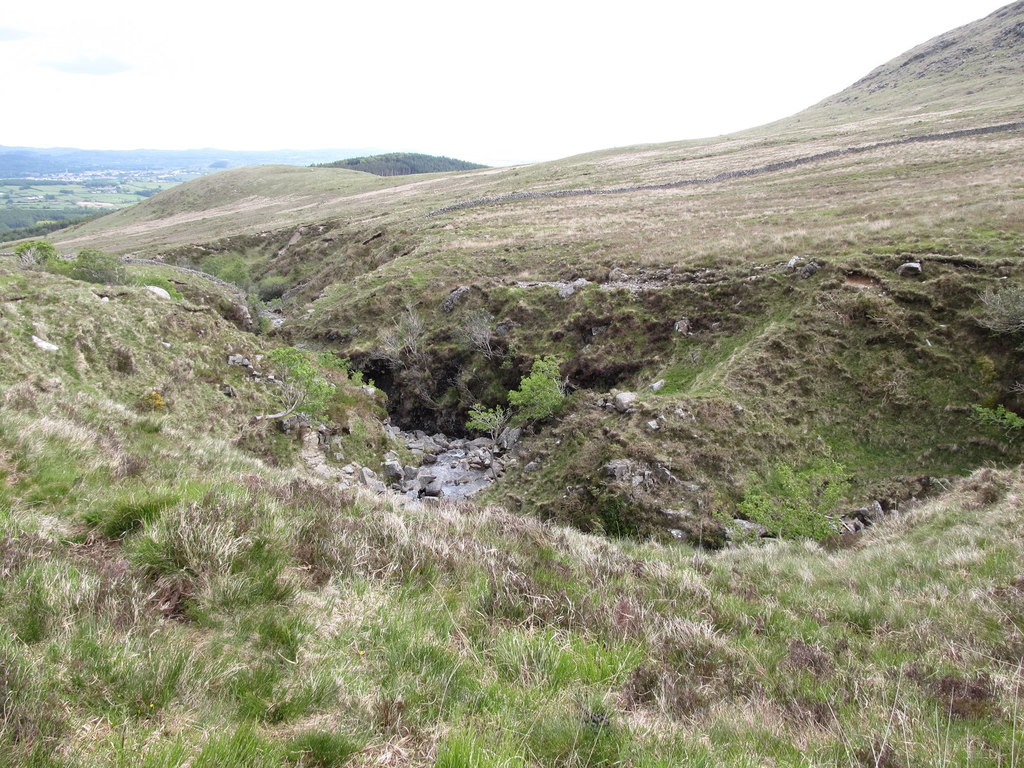
Vshaped valley with interlocking spurs... © Eric Jones Geograph Britain and Ireland
canyon, deep, steep-walled, V-shaped valley cut by a river through resistant rock. Such valleys often occur in the upper courses of rivers, where the stream has a strong, swift current that digs its valley relatively rapidly. Smaller valleys of similar appearance are called gorges.
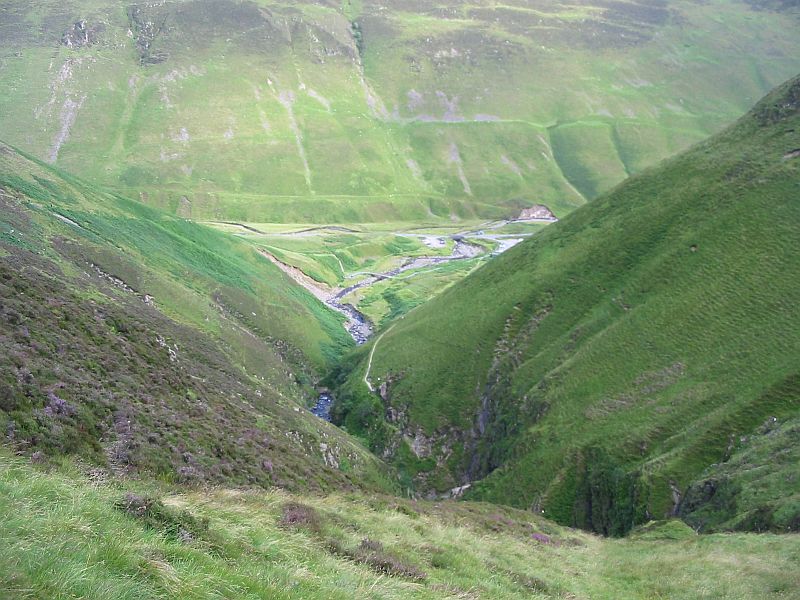
U and Vshaped valleys
A deep, steep-walled, V-shaped valley cut by a river through resistant rock is often called a canyon, from the Spanish word cañón, meaning "tube.". Such valleys often occur in the upper courses of rivers, where the stream has a strong, swift current that digs its valley relatively rapidly. Smaller valleys of similar appearance are called.
Vshaped valley formation Labelled diagram
Valley glaciers carve U-shaped valleys, as opposed to the V-shaped valleys carved by rivers. During periods when Earth's climate cools, glaciers form and begin to flow downslope. Often, they take the easiest path, occupying the low V-shaped valleys once carved by rivers. As glaciers flow through these valleys, they concentrate erosive action.

V Shaped Valley What You Should Know Tourism Teacher
V-shaped valleys are even more common because they are usually eroded by running water. This is not an exhaustive classification. There are more valley types. Tectonic valleys, for example, are formed by entirely different forces. V-shaped valley has been typically eroded by running water. Photo taken in Scotland. « Yet another mantle xenolith

V shaped valley Mid Wales David Holmes Flickr
Valleys are depressed or low landforms scoured and washed out by the forces of water, ice, and gravity between two hills or mountains. They get created by running rivers, shifting glaciers, and separated earth's crust. Generally, valleys take either V-shape or U-shape. Some of the valleys tend to hang while others are hollow.
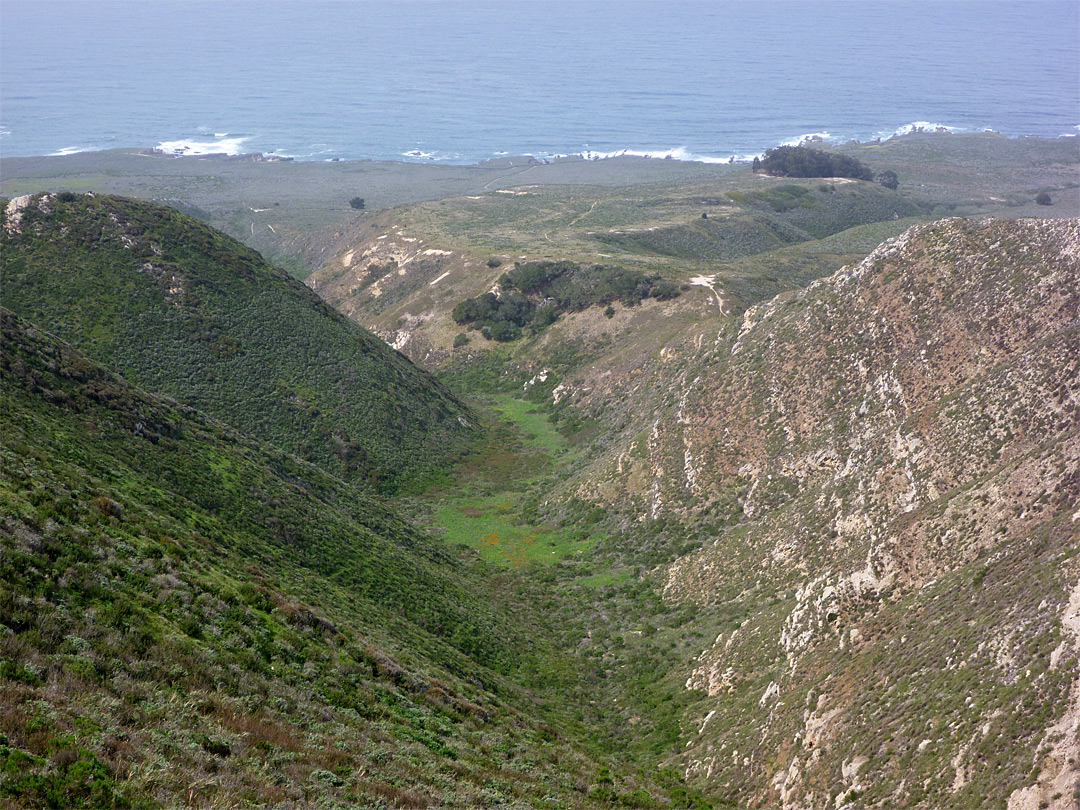
Vshaped valley Valencia Peak Trail, Montaña de Oro State Park, California
3 min read Valleys are depressed areas of land-scoured and washed out by the conspiring forces of gravity, water, and ice. Some hang; others are hollow. They all take the form of a "U" or "V.".

how are v shaped valleys formerd Brainly.in
[ hide] V shaped valleys- What you should know What is a V shaped valley? How are V shaped valleys formed? Upstream Erosion Downcutting Vertical Erosion Lateral Erosion Differential Erosion Continued Erosion Sediment Deposition Evolution and Changes Key features of V shaped valleys Steep Valley Sides Narrow Bottoms

Rivers are part of the water cycle. Learn about river processes and landforms in this geography
V-shaped valleys are a common sight around the world, formed through the erosive action of rivers over millions of years. As rivers flow, they gradually wear away the surrounding land, carving out deep channels with steep, V-shaped sides. They Are a Key Feature of Mountainous Landscapes

ECOLIBRARY DISPLAY VSHAPED VALLEY
00:00 • Introduction - Understanding the "V-shaped Valley": A Guide to Geographical Features00:35 • What is a V-shaped Valley?01:03 • Formation of V-shaped V.
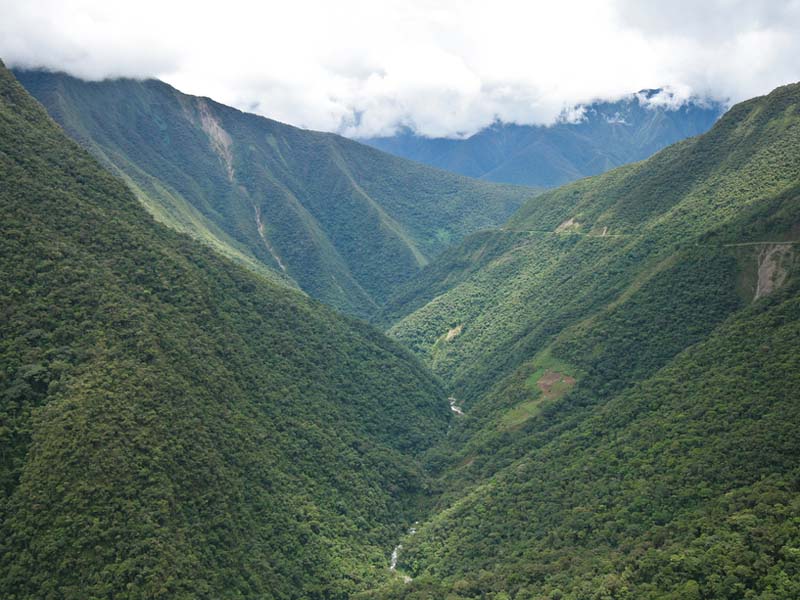
V Shaped Valley Definition Stages Of A River Upper Course For Kids This is not an exhaustive
V-shaped valleys and interlocking spurs are commonly found in a river's upper course. As small streams and rivers tumble down mountainsides, they are forced to flow around 'fingers' of land that jut out into the river valley. It is these 'fingers' of land that are the interlocking spurs.
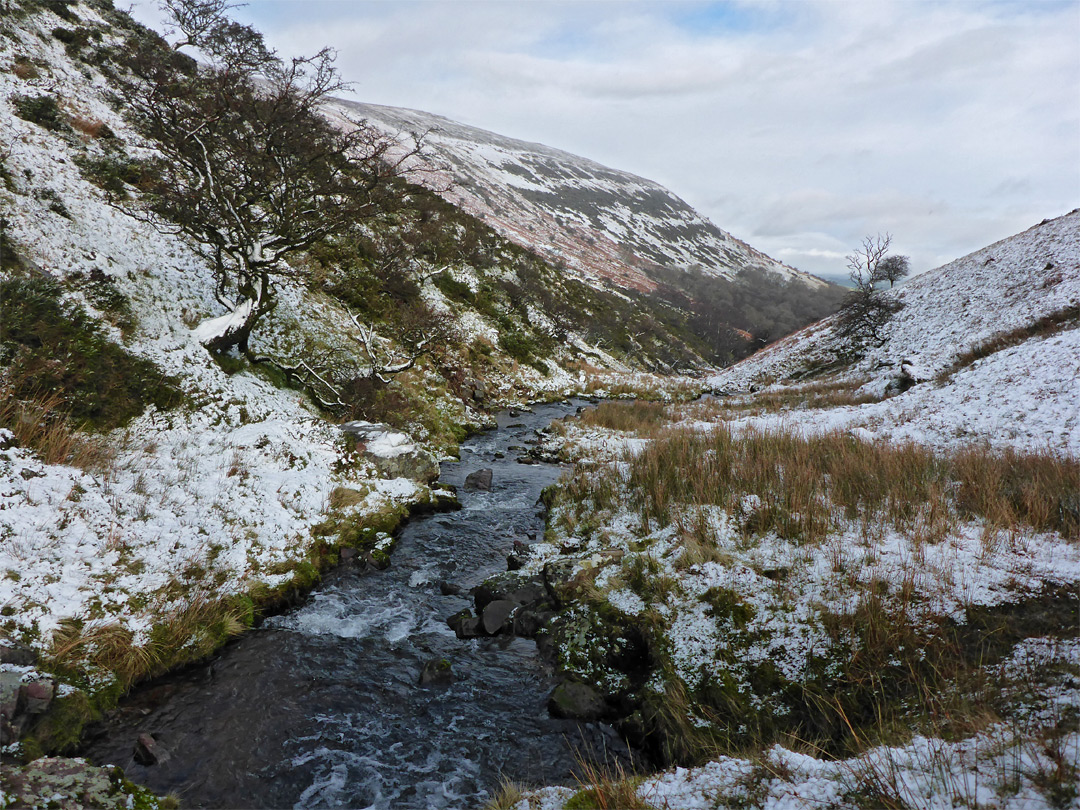
Photographs of Cwm Serre and Cribyn, Powys, Wales Vshaped valley
The Formation of V-shaped Valleys and Interlocking Spurs - Sequencing - Internet Geography. GCSE Geography Revision > Rivers > The Formation of V-shaped Valleys and Interlocking Spurs - Sequencing. The Formation of V-shaped Valleys and Interlocking Spurs - An interactive sequencing activity to explain their formation.
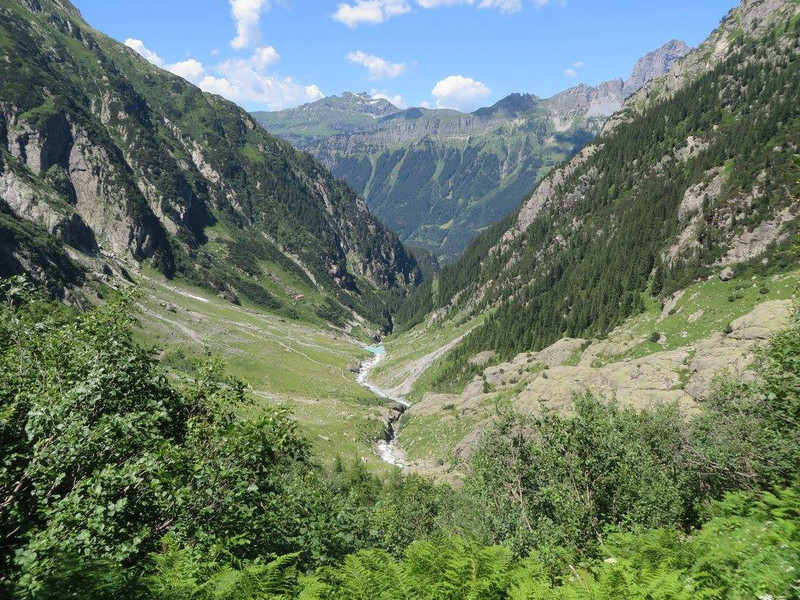
VShaped Valley Photo
In polar areas and at high altitudes, valleys may be eroded by glaciers; these typically have a U-shaped profile in cross-section, in contrast to river valleys, which tend to have a V-shaped profile. Other valleys may arise principally through tectonic processes such as rifting.

PPT VShaped valleys and Interlocking Spurs. PowerPoint Presentation ID3125558
1 of 3 Slide 1 of 3, Formation of a V shaped Valley, Formation of a V-shaped valley Rivers begin high up in the mountains so they flow quickly downhill eroding the landscape vertically. The.

VShaped ValleyYosemite by TygereyeXII on DeviantArt
A deep and narrow 'V' shaped valley is also referred to as gorge and may result due to downcutting erosion or because of the recession of a waterfall (the position of the waterfall receding due to erosive action). Most Himalayan rivers pass through deep gorges (at times more than 500 metres deep) before they descend to the plains..
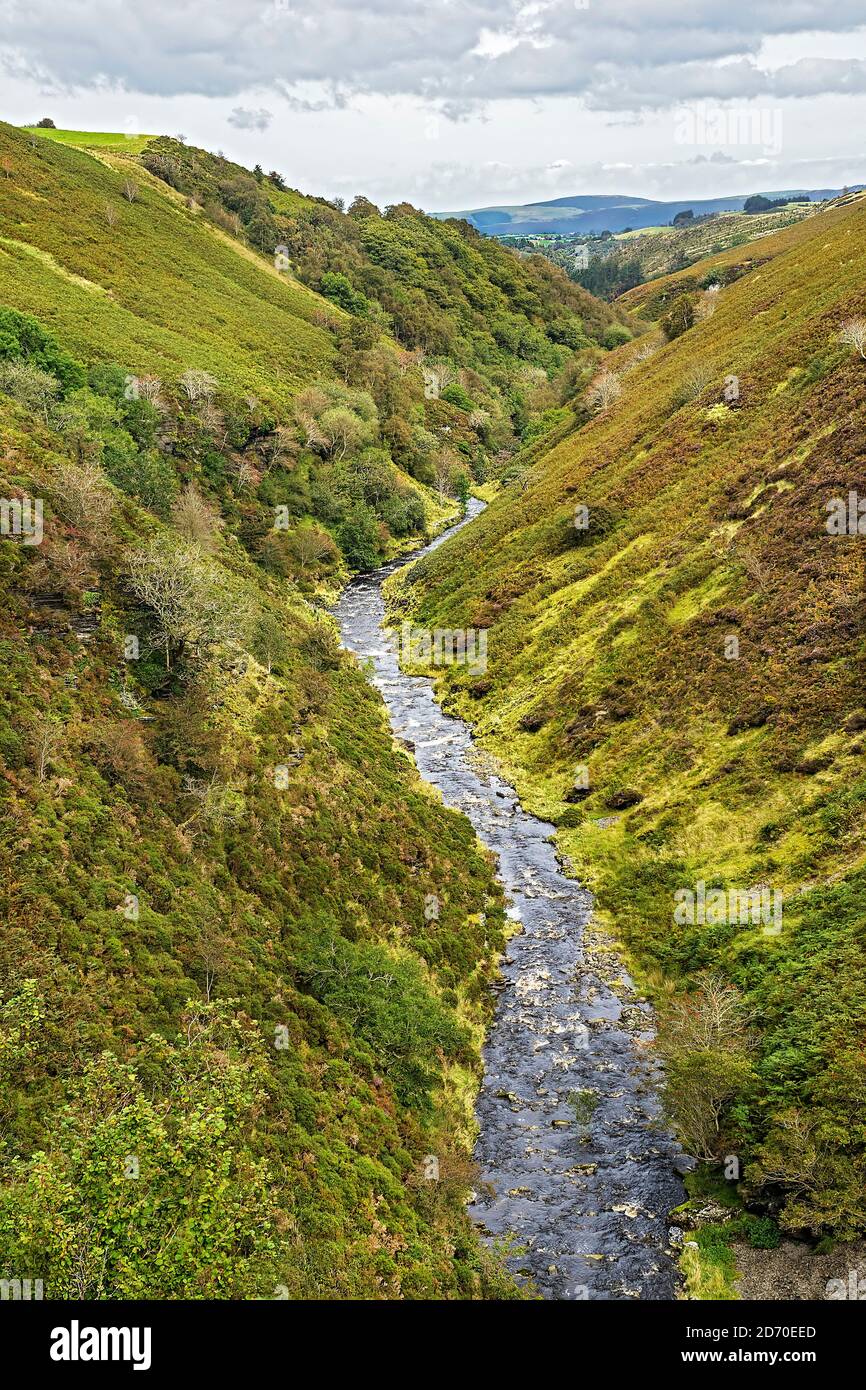
River (Afon)) Aled flowing through a typical V shaped valley on the Denbigh Moors (Mynydd
V-shaped valleys - Formation of erosional and depositional features in river landscapes - Higher Geography Revision - BBC Bitesize Formation of erosional and depositional features in river.
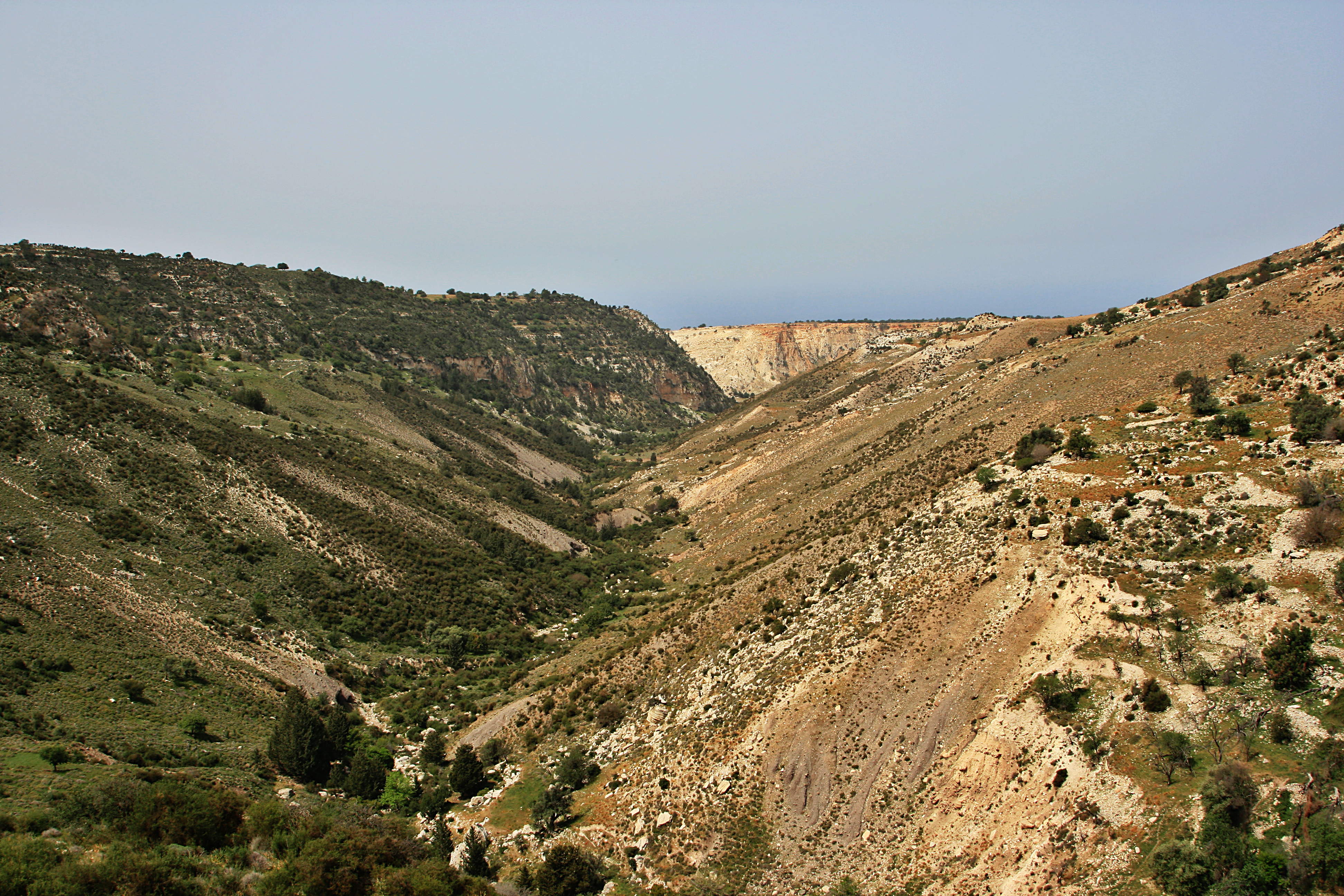
A classic Vshaped valley
The V-shaped valley represents the first, and perhaps most well-known, type. As suggested by this name, these valleys possess a characteristic V-shape produced by water erosion. Rivers, streams.